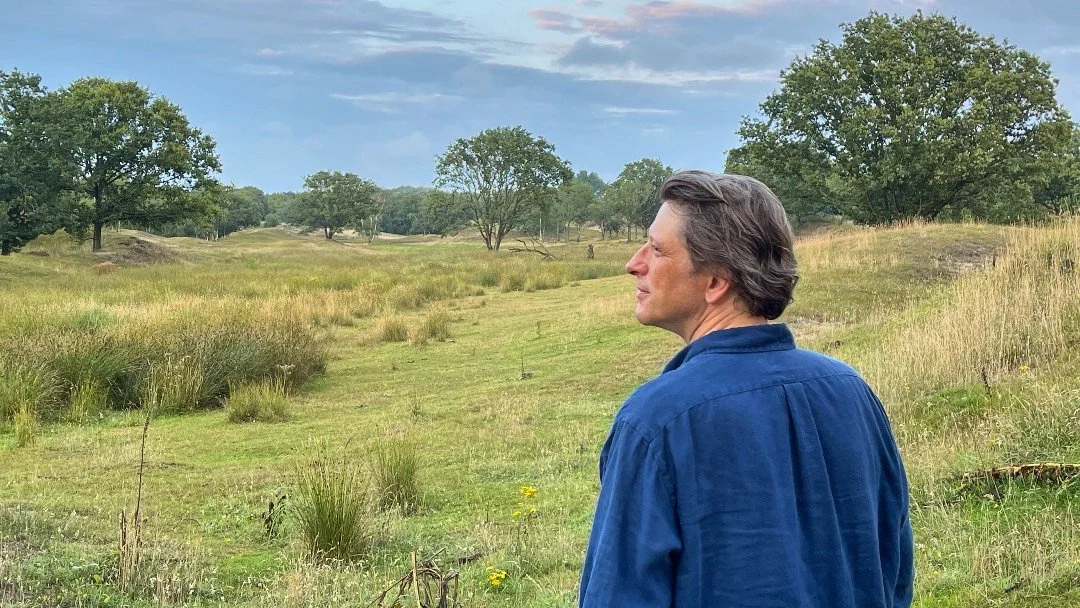Cities face unprecedented environmental challenges, and it’s no secret that trees offer multiple solutions: reducing urban temperatures, mitigating noise pollution, improving air quality, and supporting mental and physical health. So why then aren’t we planting trees wherever there’s opportunity?
As Biophilic Design practitioners, we can help hold this door open to help explain why we need them and how to do it. Sue James is the Convenor for the Trees and Design Action Group (TDAG), which brings together individuals, professionals, academics and organisations from wide ranging disciplines in both the public and private sectors to improve knowledge and good practice to support the role of urban trees through better collaboration in the planning, design, construction and management and maintenance of our urban places. We chat through the challenges, the opportunities and also how Biophilic Designers can get involved and help transform society, health and ultimately our planet.
One of the primary obstacles to widespread urban tree planting, according to Sue, is the perceived maintenance burden. Councils and developers often view trees as costly and complicated. However, TDAG research demonstrates that with strategic planning, tree maintenance can be minimal and cost-effective.
"If you plant the right tree in the right place, with proper initial care, maintenance becomes remarkably simple.” Do have a look at the practical guides TDAG have developed to help communities and professionals navigate tree planting challenges.
If you are wanting to share the benefits of urban trees, which extend far beyond environmental considerations, learn a bit more about how tree-lined streets can benefit society. For instance they increase property values, reduce urban temperatures by up to 4 degrees, potentially save the NHS money through improved public health and of course the obvious one, create more attractive, liveable and desirable urban spaces.
READ ON and Listen to the Interview

















